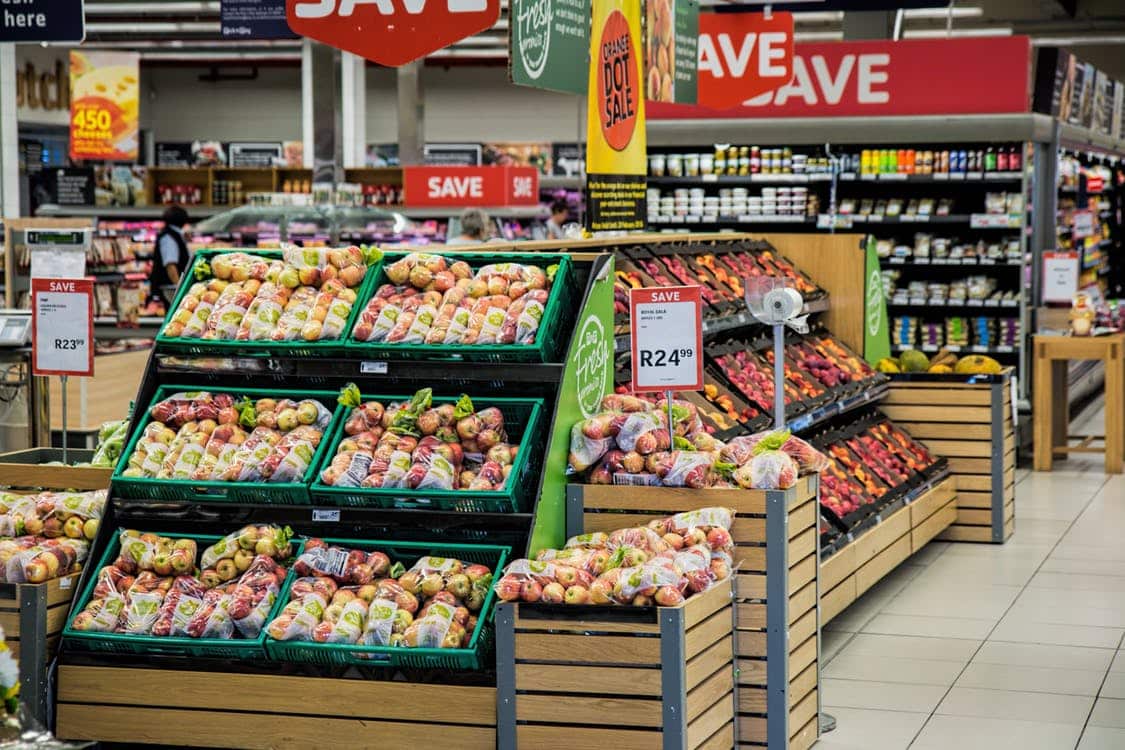Anyone who has ever entered a grocery story the weekend before Thanksgiving knows just what a traumatic experience it can be. You’re often shopping for seldom purchased products and oh to get stuck behind a family in the checkout line who seem to be buying for an army rather than an extended family of 8. Where are the marshmallows kept? How about the evaporated milk for the pie?
eGrocery has changed the lives of primary household shoppers for what is the make or break meal of the year. Onsite retail search makes quick work of finding those freeze dried onions that grandma insists must go on the green beans. Shoppers compile a cart over time and return often before they click to buy and deliver.
Thanksgiving is a meal made so much less stressful by eGrocery, and shoppers are responding in droves. While online grocery currently encompasses 3.4% of all sales, Progressive Grocer estimates that by 2025 it will be more like 20%.

Leading grocery retailers like Peapod (Stop n’ Shop), Fresh Direct, Walmart, Target, Jet, Boxed, and Costco are a part of the Criteo Sponsored Products network and Criteo is able to analyze their data on shopping behavior to determine how people shop online for Thanksgiving.
1. Shoppers start early for the big meal.
Early in November, shoppers start buying staples like flour, sugars, canned pumpkin, stuffing mix – all the goods that a cook needs to have in the pantry and doesn’t want to think about later. The peak for these product searches was a full 2 weeks before the holiday last year.
2. Grocery Thursday.
Forget about Black Friday and gifting. Peak conversions in eGrocery are typically the Thursday before the holiday: Shoppers tend to want delivery while they are home, and the weekend awaits.
3. Turkeys, cranberry, and rolls get pushed closer to the holiday.
Shoppers want things as fresh as possible. These products see enormous spikes in product searching and converting that weekend. While online sales of fresh items lagged initially, shoppers are getting more and more comfortable with buying produce site unseen.
(To learn about the brand perspective on the triumphs and challenges of online selling, check out the Criteo/Millward Brown survey, Trade Marketing in Transition.)
How can brands support their sales in this category? Tactics like “end aisle display” don’t really exist online, nor do “shelf talkers.” The digital aisle is much narrower than one in a grocery store – and made even narrower for those shopping on phones. Here are a few suggestions:
-
Support online sales with paid placements.
Criteo Sponsored Products appear relevant to what the shopper is searching for, and “cross sell tools” can make sure the evaporated milk gets in the cart with the canned pumpkin. These ads operate like paid search, but on retail sites. When placed on home pages and category pages (the flour in the baking section) they drive awareness and encourage impulse purchasing. When they appear on cart pages, they help remind shoppers of things they might need.
-
Fine tune product descriptions and imagery.
Criteo’s recent Shopper Story survey of over 2,500 shoppers in the US, showed that inaccurate or incomplete descriptions of shoppers abandoning a product and choosing a competitor. For the youngest shoppers — Millennials and Gen Z aka the Instagram generation — it’s got to be visually appealing. The labeling must read well on thumbnail-sized images.
-
Manage your digital shelf.
Just as brands fine tune how and where their products appear in grocery shelves, apply similar principles to online. Is this a product that needs a boost for seasonal sales? Is it a new product or variation that needs increased awareness? Set priorities based on product lifecycles, determine promotional tactics, and support accordingly.
It’s an exciting time for grocery in the US – and we’ll be covering the topic throughout the holiday season and into the new year. Check back for more updates such as cart size benchmarks for Thanksgiving and the big holiday meals: Christmas and New Years.
For tips on how CPGs can manage their digital shelves, Clavis insights has created a cookbook for brands in ecommerce, which Criteo participated in.





















